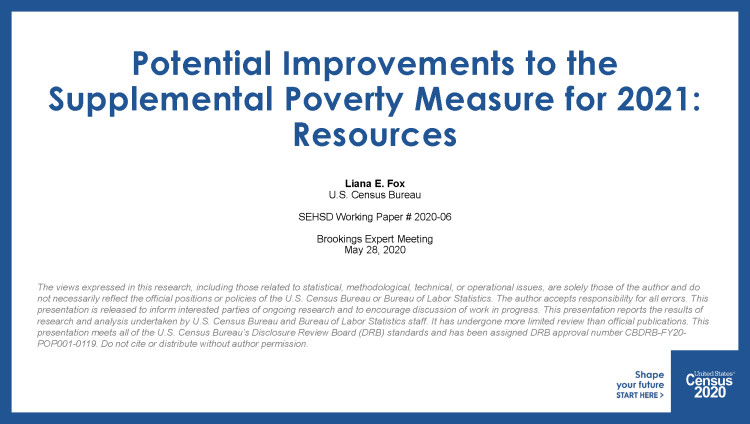Reconsidering the Medical Expense Deduction in the Supplemental Poverty Measure
Reconsidering the Medical Expense Deduction in the Supplemental Poverty Measure
Introduction
There has been much research and discussion surrounding how medical expenses should be treated in poverty measurement. Currently, the Supplemental Poverty Measure (SPM) deducts the full value of survey reported out-of-pocket expenses from resources. This paper reconsiders this deduction by evaluating the impact of capping the value of medical expenses deducted from resources. Capping medical expenses would bring the treatment of medical expenses in line with the way work and child care expenses are treated in the SPM. First, the proposed method caps non-premium medical expenses at the maximums set for High Deductible Health Plans which are $15,000 for a family in 2023. Then, premiums paid for supplementary coverage to Medicare, defined as coverage in addition to Medicare, are capped at zero. Under the proposed capping methodology, the SPM poverty rate fell 0.3 percentage points to 12.6 percent. The largest impacts by age group are seen for those aged 65 and older. A larger share of those in poverty with the capped methodology have post-tax and transfer incomes in the bottom of the distribution compared to the existing methodology. The proposed method is attractive as it is based on the health insurance landscape in the United States (therefore less arbitrary) and is able to be implemented in the current production environment for annual poverty estimates.





